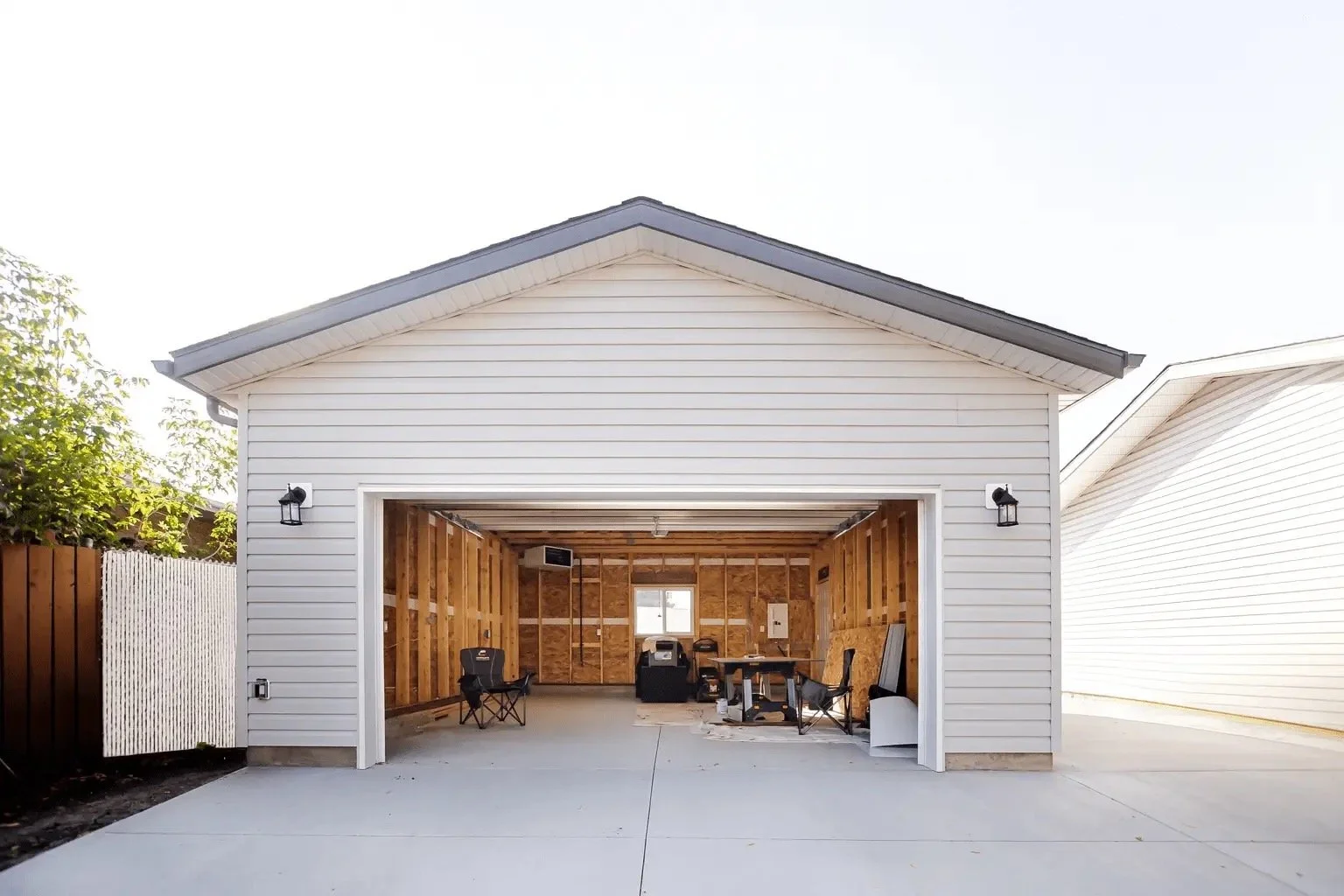6 Steps to Proper Lawn Maintenance for Your Tiny Home
Owning a tiny home comes with a unique set of joys and challenges. While the compact size offers simplicity and efficiency, it also means every square inch, including your lawn, requires careful attention. Neglecting lawn maintenance can quickly turn your tiny home oasis into an overgrown jungle. With the right approach, you can keep your outdoor space vibrant and inviting. If you're interested in knowing more about turf suppliers in Melbourne make sure you visit Lilydale Instant Lawn.
1. Robotic Equipment
Robotic equipment has revolutionized the landscape of lawn maintenance, offering innovative solutions for time-strapped homeowners. These automated devices, ranging from robotic lawnmowers to smart irrigation systems, streamline the maintenance process by autonomously performing tasks such as mowing, watering, and even soil analysis. You can learn more here and find adequate robotic lawn care solutions to streamline your maintenance routine. With advancements in technology, robotic equipment is becoming increasingly sophisticated, capable of adapting to varying lawn conditions and optimizing resource usage.
2. Establish a Routine
Consistency is key to maintaining a healthy lawn. Establishing a regular maintenance routine will prevent tasks from piling up and ensure your lawn receives the care it needs. Schedule weekly tasks such as mowing, watering, and weeding to keep your lawn looking its best. Adjust your routine based on seasonal changes, such as increasing watering frequency during hot summer months or aerating in the fall to promote root growth. By staying proactive, you'll avoid the headache of tackling overgrown or neglected areas.
Weekly Maintenance Tasks: Schedule regular tasks such as mowing, watering, weeding, and inspecting for pests or diseases. Consistency is key to preventing issues from escalating and maintaining a tidy appearance.
Seasonal Adjustments: Be mindful of seasonal changes and adjust your maintenance routine accordingly. This may include aerating and overseeding in the fall, applying fertilizer in the spring, or adjusting watering frequency during periods of drought or heavy rainfall.
Equipment Maintenance: Keep your lawn care equipment in top condition by regularly cleaning, sharpening blades, and performing routine maintenance. A well-maintained mower and other tools will ensure efficient operation and better results.
Document and Adapt: Keep track of your lawn maintenance activities and observations. Documenting changes in growth patterns, pest sightings, or areas of concern will help you fine-tune your routine over time for optimal results.
3. Mowing Techniques
Proper mowing is essential for a well-groomed lawn. Set your mower blade to the appropriate height for your grass type, aiming to remove no more than one-third of the grass blade in a single mowing session. Mow in alternate directions each time to prevent grass from developing a "grain" and to encourage upright growth. Additionally, keep your mower blades sharp to ensure clean cuts that promote healthy regrowth. Avoid mowing when the grass is wet, as this can lead to uneven cuts and the spread of diseases.
4. Water Wisely
Watering is perhaps the most critical aspect of lawn maintenance, especially for tiny home dwellers with limited outdoor space. Rather than adhering to a strict schedule, water your lawn based on its needs and environmental conditions. Aim for deep, infrequent watering to encourage deep root growth and drought tolerance. Consider investing in a rain barrel or drip irrigation system to conserve water and minimize runoff. Monitor soil moisture levels regularly and adjust your watering frequency accordingly, being mindful of local water restrictions and conservation efforts.
5. Weed Control
Weeds are the bane of every gardener's existence, but with proper management, you can keep them in check. Regularly inspect your lawn for weeds and address them promptly to prevent them from spreading. Use a combination of hand-pulling, spot treatments, and pre-emergent herbicides to control weeds effectively. Mulching your lawn can also help suppress weed growth while retaining moisture and adding nutrients to the soil. Remember to read and follow label instructions when using herbicides to ensure safe and effective application.
6. Soil Care
Healthy soil is the foundation of a lush lawn. Test your soil periodically to assess its pH levels and nutrient content, making adjustments as needed with fertilizers or soil amendments. Aerating your lawn annually will alleviate compaction and improve soil drainage, allowing air, water, and nutrients to reach the grassroots more effectively. Consider incorporating organic matter such as compost or grass clippings into your soil to enhance its structure and fertility naturally.
Maintaining a pristine lawn for your tiny home doesn't have to be daunting. By following these six steps, you can cultivate a vibrant outdoor space that enhances the charm of your tiny abode. Remember to assess your lawn's unique needs, establish a regular maintenance routine, and prioritize proper mowing, watering, weed control, and soil care. With a little dedication and attention to detail, you'll enjoy a picture-perfect lawn that serves as the perfect backdrop for your tiny home adventures.







